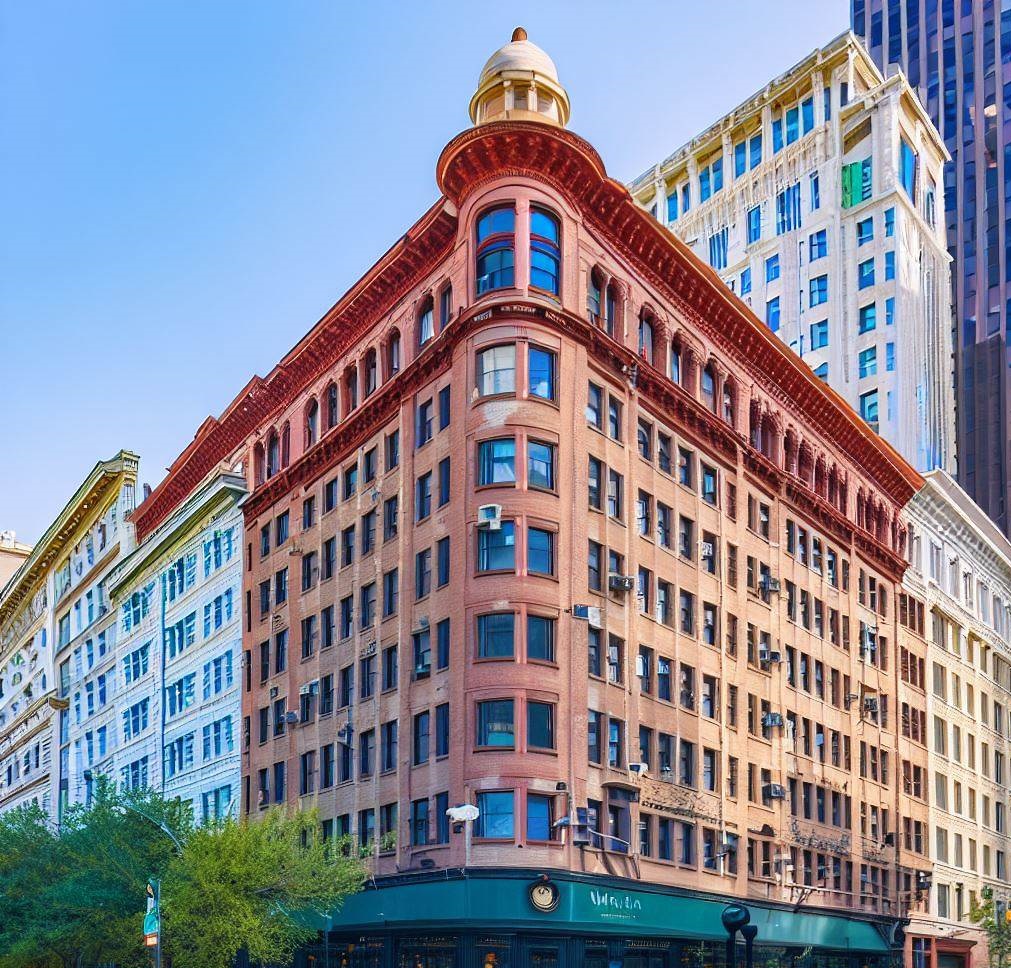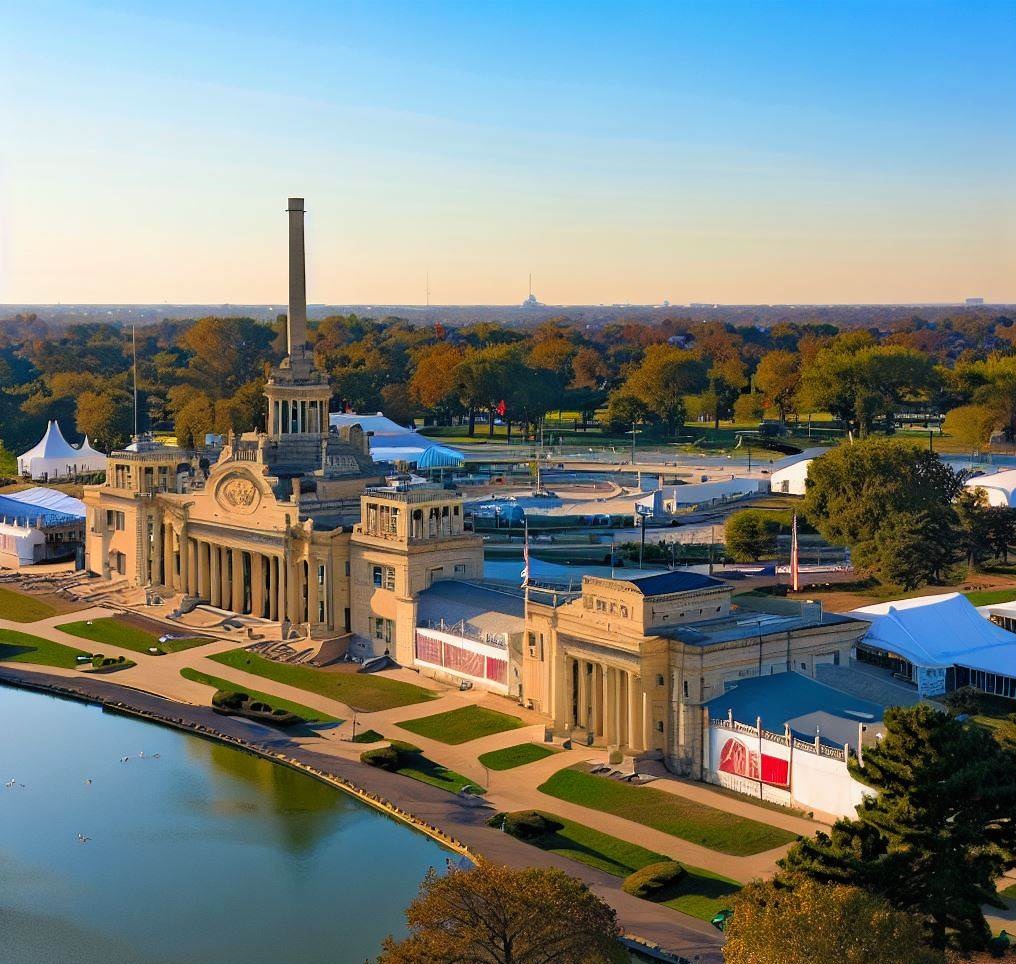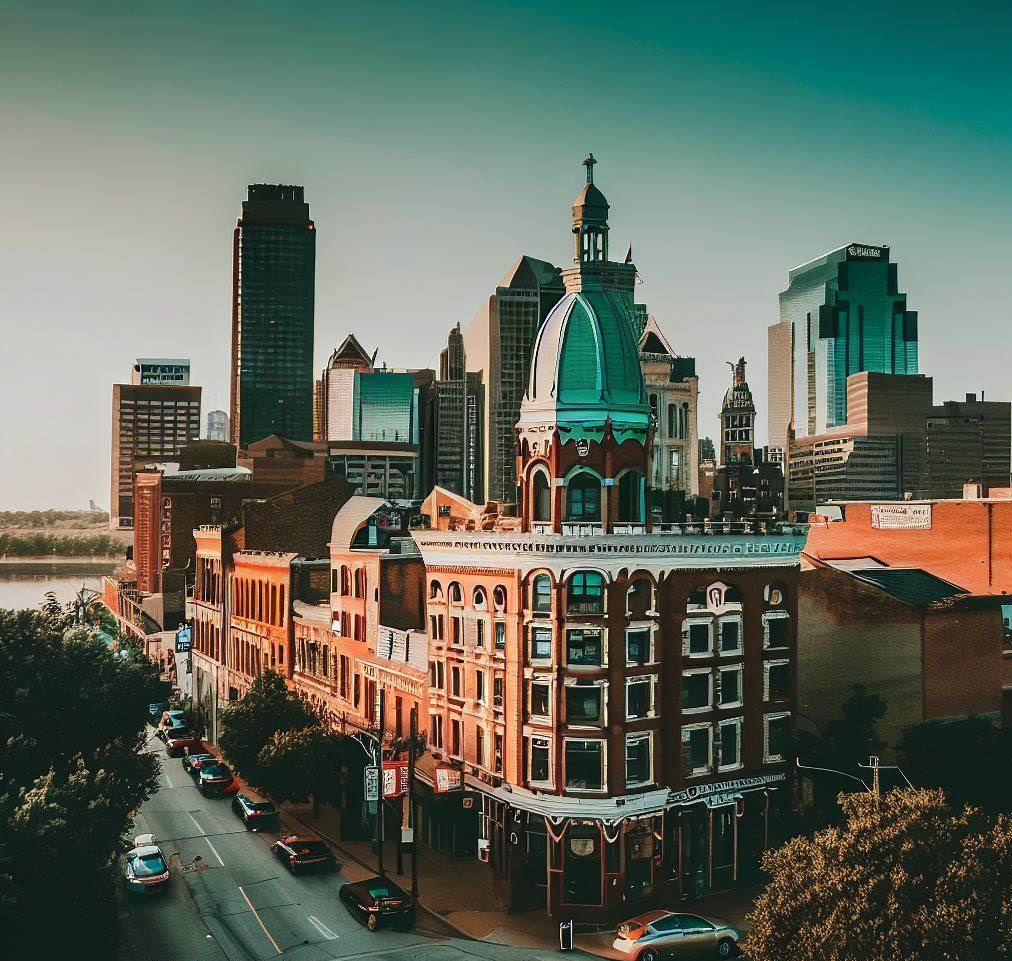Saint Louis, Missouri, is a city rich in history and architecture. From its early days as a French colonial settlement to its modern-day status as a bustling metropolitan area, Saint Louis has been shaped by its architecture. In this article, we’ll explore the history of Saint Louis architecture, its impact on the automotive and financial business sectors, and how it has helped shape the city we know today.

A Brief History of Saint Louis Architecture
The architecture of Saint Louis can be traced back to the city’s founding in 1764 by French fur trader Pierre Laclède and his stepson, Auguste Chouteau. The earliest buildings in the city were simple log cabins and wood-frame structures. However, as the city grew, so did the complexity and variety of its architecture.
One of the most significant periods of architectural development in Saint Louis occurred in the late 19th and early 20th centuries. During this time, the city experienced a building boom, with a wide range of architectural styles and designs being used to create some of the city’s most iconic buildings. These styles included Beaux-Arts, Gothic Revival, Art Deco, and Modernist architecture.
The 1904 World’s Fair, held in Forest Park, also had a significant impact on the architecture of Saint Louis. Many of the buildings constructed for the fair, such as the Palace of Fine Arts (now the Saint Louis Art Museum), were designed in the Beaux-Arts style and helped establish Saint Louis as a city of architectural significance.

Saint Louis Architecture and the Automotive Industry
The automotive industry has had a significant impact on Saint Louis architecture. During the early 20th century, as automobile production began to take off in the United States, Saint Louis became a hub for automotive manufacturing.
One of the most iconic automotive buildings in Saint Louis is the old Ford Motor Company plant in the city’s Hazelwood neighborhood. Designed by Albert Kahn, the plant was constructed in 1948 and was once the largest automobile manufacturing facility in the world. Although the plant is no longer operational, the building remains a testament to Saint Louis’s role in the automotive industry.
The automotive industry also had an impact on the development of the city’s transportation infrastructure. As automobile use became more widespread, the city’s roads and highways had to be expanded and improved to accommodate the increased traffic. This led to the construction of several notable bridges, including the Eads Bridge and the Chain of Rocks Bridge, which remain iconic landmarks of Saint Louis today.

Saint Louis Architecture and the Financial Business Sector
The financial business sector has also played a significant role in shaping Saint Louis architecture. The city has a long history as a center of commerce and banking, dating back to its days as a fur-trading post.
One of the most notable buildings in Saint Louis’s financial district is the Wainwright Building, designed by famed architect Louis Sullivan. Completed in 1891, the building is considered one of the earliest and most important examples of skyscraper design. It was commissioned by Ellis Wainwright, a local brewer and businessman, and was intended to serve as office space for his brewing company.
The Wainwright Building helped establish Saint Louis as a center of modern architecture and influenced the design of other skyscrapers throughout the city. It also helped establish Saint Louis’s reputation as a center of commerce and finance.
In recent years, Saint Louis has seen a resurgence in its financial sector, with several new office buildings and mixed-use developments being constructed in the downtown area. These buildings, designed by prominent architects, reflect the city’s commitment to innovation and modern design while paying homage to its rich architectural history.

Conclusion
In conclusion, the architecture of Saint Louis has played a significant role in shaping the city’s identity and its relationship to the automotive and financial business sectors. From the earliest log cabins to the modern skyscrapers and mixed-use developments, Saint Louis architecture reflects the city’s history, culture, and economy.
As the city continues to grow and evolve, its architecture will continue to play a vital role in shaping its future. With its commitment to innovation and modern design, Saint Louis is poised to remain a center of architectural significance for years to come.
If you’re interested in learning more about Saint Louis architecture, there are several resources available to you. The Saint Louis Art Museum offers a variety of exhibits and programs on the city’s architecture and design, and the Missouri History Museum also has several exhibits on Saint Louis history, including its architecture. Additionally, the Saint Louis Chapter of the American Institute of Architects is a great resource for information on local architecture firms, projects, and events.
In conclusion, Saint Louis architecture is a testament to the city’s rich history, culture, and economy. From its early log cabins to its modern skyscrapers and mixed-use developments, the architecture of Saint Louis reflects the city’s growth and evolution. As the city continues to grow and change, its architecture will continue to play a vital role in shaping its future and maintaining its status as a center of architectural significance.
